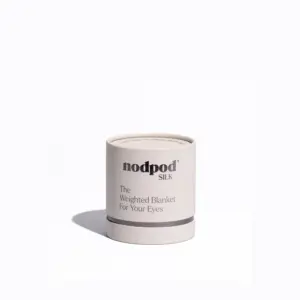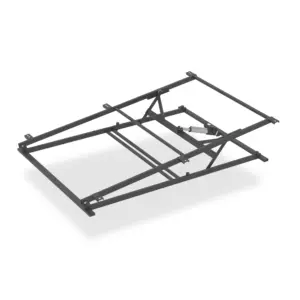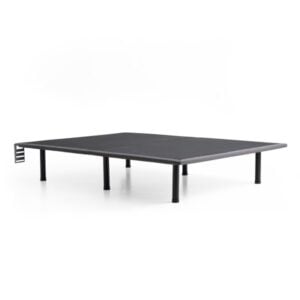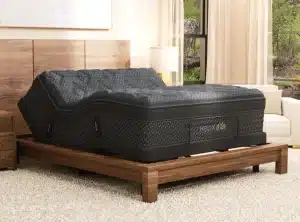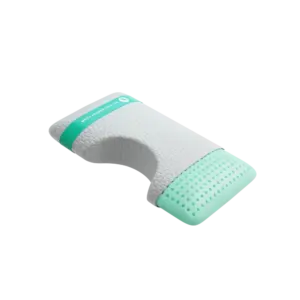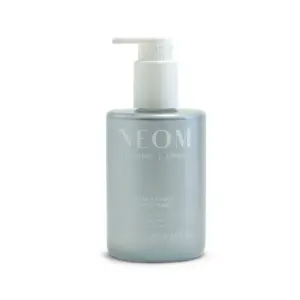5 Things to Know Before Buying a Bed: Keys to the Perfect Choice
When it comes to achieving a restful night’s sleep, purchasing a bed is one of the most significant investments you’ll make. Understanding key factors, from your budget to mattress types, is essential for making the perfect choice. To help guide you through this process, here are five crucial aspects to consider before buying your bed.
1. Budget Considerations
Establishing your budget is the first step in narrowing down your mattress options. Beds are available in a wide range of prices, so it’s essential to determine what you’re willing to spend.
Budget-Friendly Options
If you’re on a tight budget, there are quality mattresses available for around $600 or less. These beds often provide decent support and durability, making them perfect for short-term use or guest rooms.
Mid-Range Choices
For increased comfort and support, consider mid-range mattresses priced between $600 to $1,200. These beds typically feature advanced materials such as memory foam or hybrid designs, providing a solid balance between quality and affordability.
Luxury Models
If sleep is a top priority in your life, investing in a luxury mattress that starts at around $1,600 may be worth it. These premium beds often include multiple layers for enhanced comfort and advanced features that promote better sleep quality.
Financing Options
Don’t let financial constraints steer you away from quality mattresses. Many retailers offer financing plans that allow you to spread the cost over several months, making it easier to invest in a bed that supports your health and well-being.
2. Identify Your Sleeping Position
Your sleeping position significantly influences the type of mattress you should choose. Recognizing how you rest at night enables you to find the optimal support for your needs.
Side Sleepers
If you prefer sleeping on your side, it’s crucial to find a mattress that relieves pressure on your shoulders and hips. A soft to medium-firm mattress is typically ideal, conforming to the contours of your body to keep your spine aligned.
Back and Stomach Sleepers
Those who sleep on their backs or stomachs generally require a firmer mattress for adequate support. A medium to firm mattress is recommended, ensuring that your spine maintains its natural alignment and preventing lower back pain.
Combination Sleepers
If you often change positions at night, a medium-firm mattress might be the best fit. This versatility will provide enough support for back and stomach sleepers while still accommodating the needs of side sleepers.
3. Take Your Body Type into Consideration
Your body type also plays a pivotal role in how a mattress feels and performs. It’s vital to consider your weight when selecting a bed, as it affects the perception of firmness and support.
Heavier Individuals
For those weighing over 200 pounds, a mattress that offers strong support and durability is necessary. Heavier individuals tend to compress mattresses more, so a medium-firm to firm mattress is typically best.
Lighter Individuals
On the other hand, lighter individuals, generally those under 200 pounds, may find softer mattresses more comfortable, as they won’t sink in as much. This wider selection allows for a range of choices tailored to personal preferences.
Understanding how your body type influences your mattress choice can help you find a bed that offers the right balance of comfort and support tailored to your individual needs.
4. Determine the Materials You Prefer
The materials used in your mattress significantly affect your comfort and sleep quality. Let’s explore the most common types of mattresses available:
Memory Foam
Memory foam mattresses are renowned for their pressure relief and body contouring. They mold to your body, alleviating stress on pressure points while absorbing motion, making them excellent for couples.
Latex Foam
Latex mattresses provide a bouncy, resilient sleeping surface that some find more comfortable than memory foam. Additionally, natural latex is hypoallergenic, making it an appealing option for allergy sufferers.
Innerspring
Traditional innerspring mattresses utilize steel coils for support, providing a firm feel and excellent airflow. They’re generally more affordable but may not offer the same pressure relief as foam mattresses.
Hybrid
Hybrid mattresses combine the benefits of foam and innerspring systems. They typically feature a foam layer for comfort paired with coils for support, providing versatility that many sleepers appreciate.
5. Decide Between In-Store and Online Shopping
When it comes to purchasing a mattress, you have two primary shopping options: in-store or online, each with unique advantages and challenges.
In-Store Benefits
Visiting a mattress store enables you to physically test each mattress, giving you a real feel for its comfort. Expert salespeople can offer personalized guidance, and negotiating prices could lead to better deals.
Online Advantages
Shopping online provides unparalleled convenience and a broader selection of brands. Many online retailers offer trial periods, allowing you to test mattresses in your home, and often feature competitive pricing that can lead to significant savings.
Conclusion
Choosing the right bed can greatly enhance your sleep quality and overall well-being. By considering your budget, sleeping position, body type, preferred materials, and shopping method, you can make an informed decision that meets all your sleep needs.
In your quest for the perfect mattress, remember that at Yawnder, we’re dedicated to guiding you through the process. From comprehensive reviews to personalized recommendations, we are here to help you find a bed that promises restful nights and rejuvenated mornings. Don’t compromise on your sleep; invest wisely, and wake up refreshed every day.








